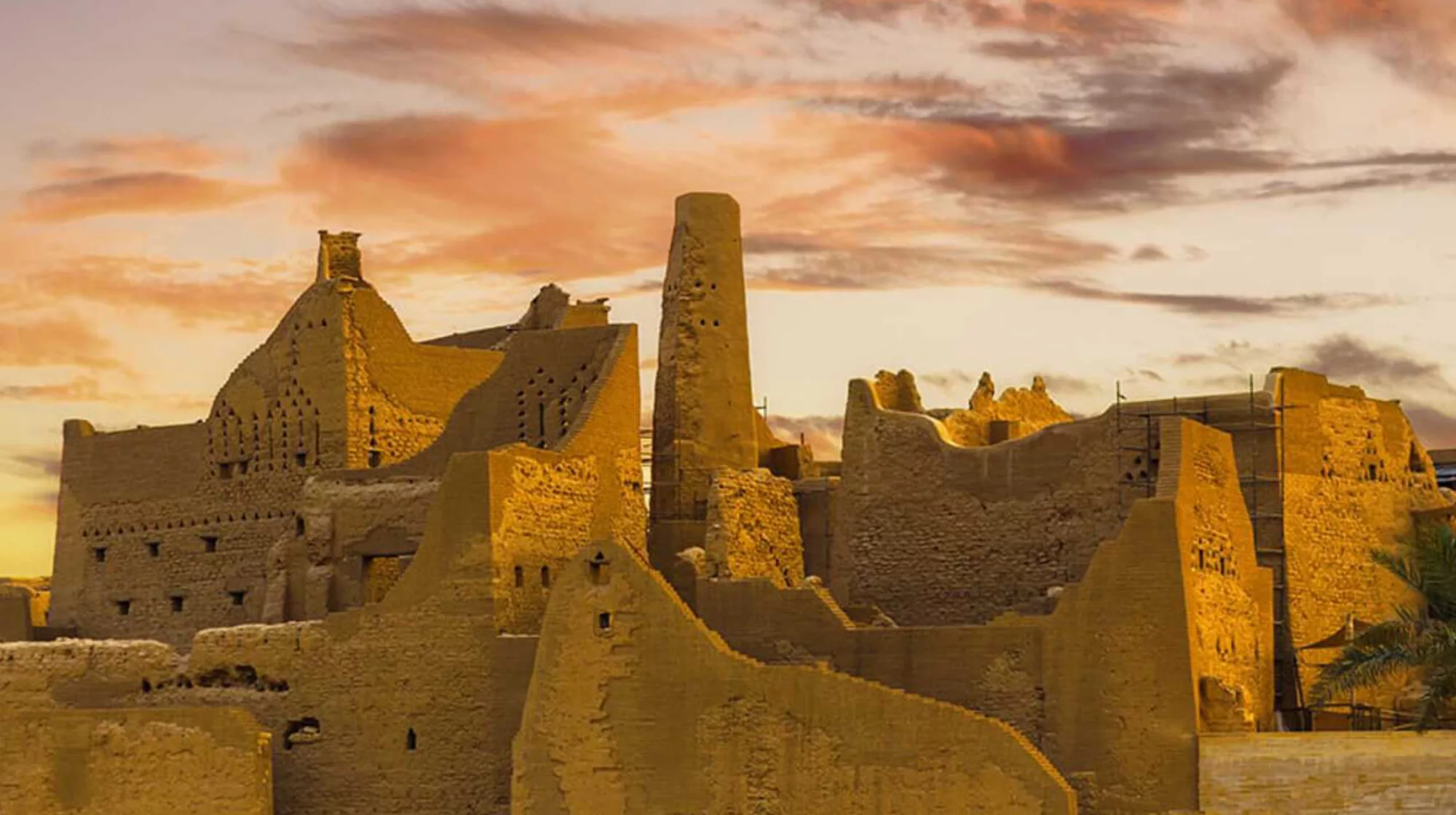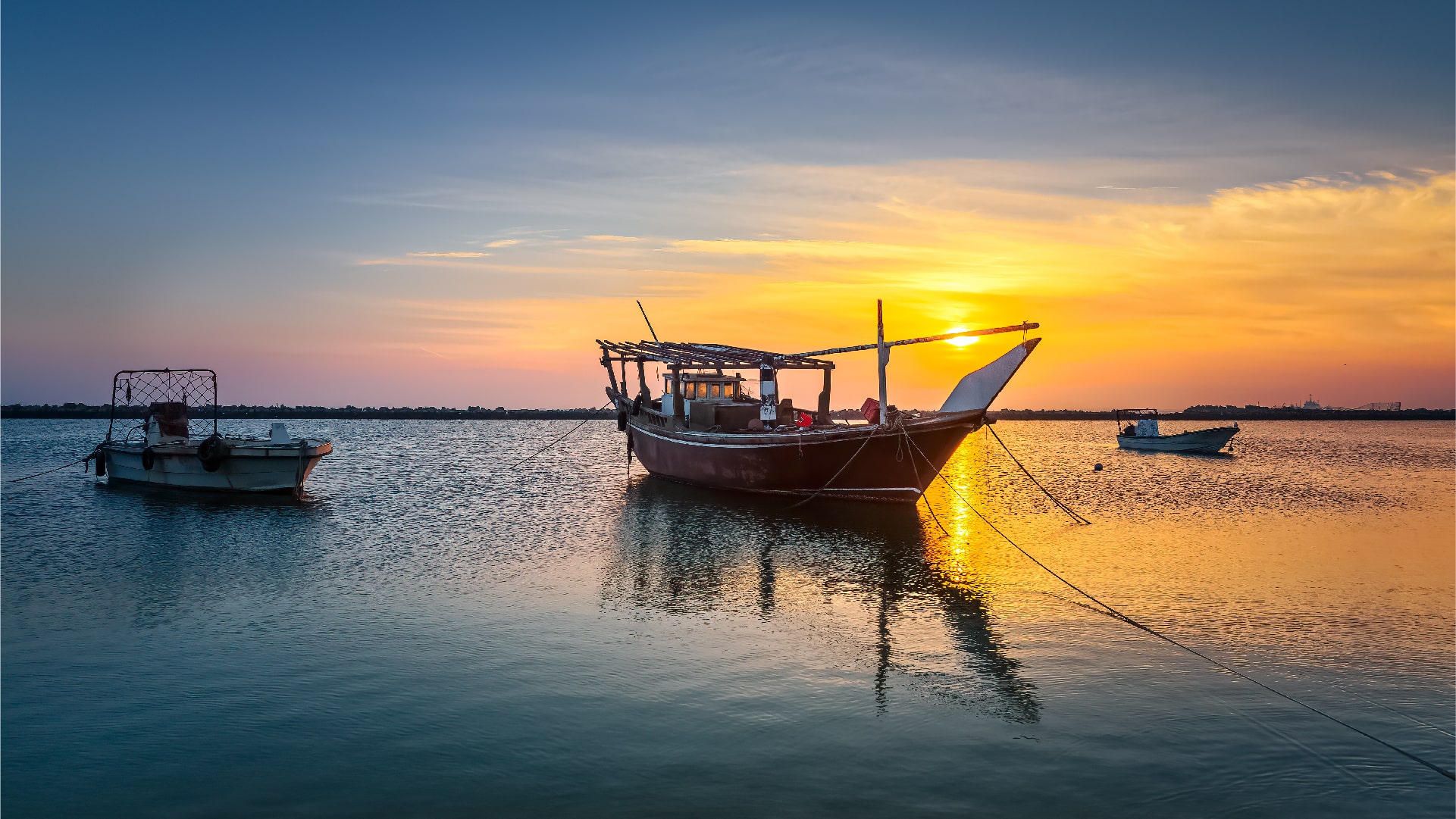If you are looking for an escape from the city life to a more historical and enlightening location, head to Al Ahsa in the country’s Eastern Province, a UNESCO world heritage site. The region is recognized for its stunning and vivid green palm trees as well as its tranquil atmosphere, profound stillness and peaceful ambience. With 30 million palm trees, you are bound to feel one with nature in the largest date farm worldwide, which produces a few of the Saudi’s sweetest Khalas dates, known for their sticky texture.
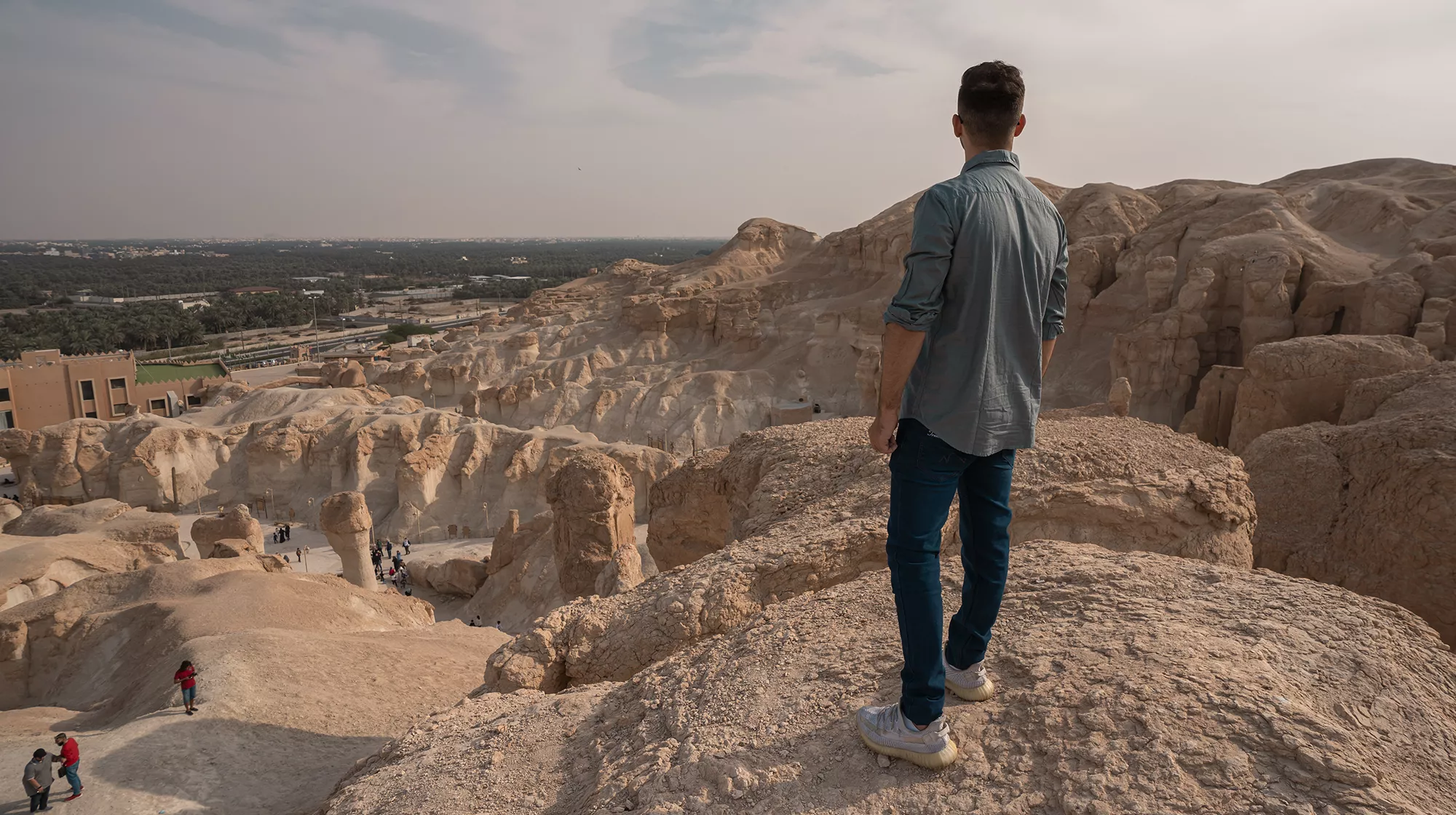
One of the most iconic structures in Al Ahsa is the beautifully majestic Al Qara mountains, known for stunning lime caves found amidst it, which create the perfect backdrop for a fun-filled family. Unlike many caves in the country, these were formed by subaerial weathering processes that formed a highly distinctive shape to its structure. It’s a natural marvel that one must visit on their trip to the province.
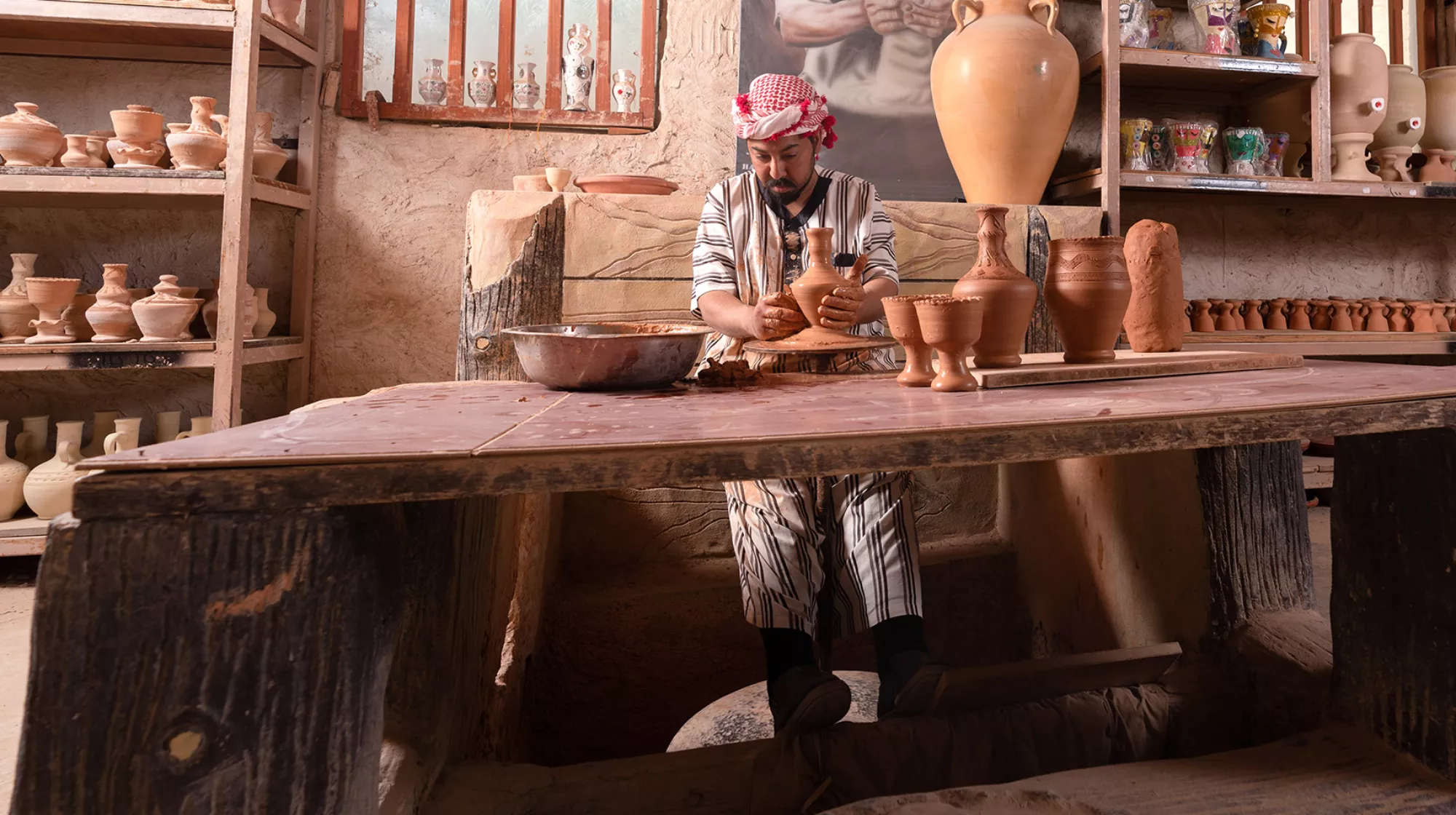
Nestled within these caves on the Western elevation is the fantastic Dougha Handmade Pottery Factory that showcases how the making of pottery has been passed down from generation to generation, highlighting the region’s rich customs and traditions.
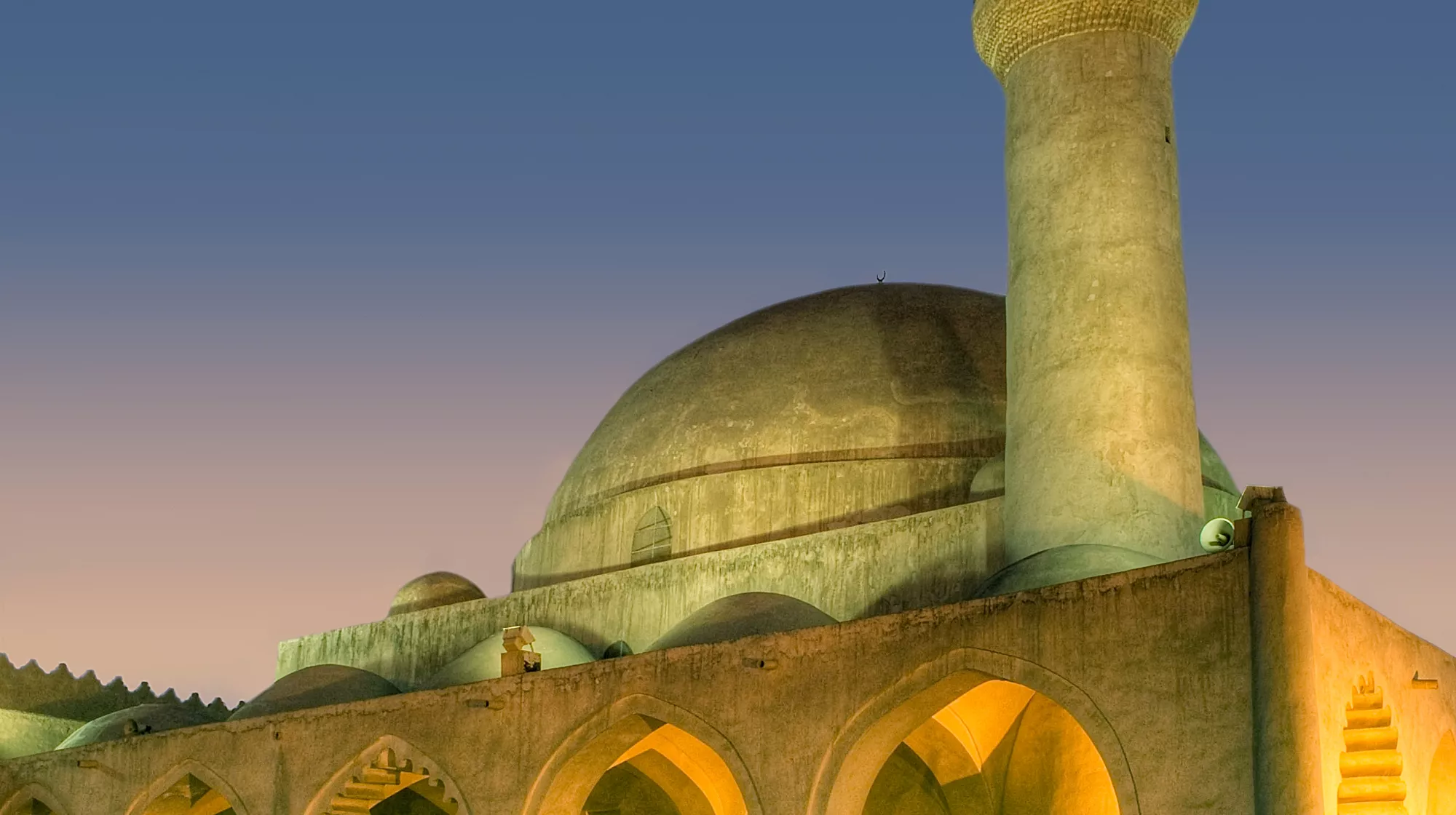
Al Ahsa is also historically rich, known to be the abode of the Saudi’s founding monarch, King Abdulaziz. You can step back in time by visiting his room, a part of the Al Mulla Home, housing all of the King’s belongings, including key pieces from his wardrobe. Another cultural site you must visit is the beautiful Ibrahim Palace in Al Ahsa’s center, constructed under the Ottoman Empire in 1521.
Pick up some souvenirs in the Al Ahsa market, which is a local souq packed with local treats, from oud to abayas, and other trinkets you will treasure forever.
Welcome to Diriyah, birthplace of the first Saudi state, historical crossroads of pilgrims and traders, and home to one of the kingdom’s most ambitious heritage developments.
Curved along the outskirts of Riyadh, and formed on the oasis that spilt from the banks of Wadi Hanifa, Diriyah’s mud-brick walls once housed a thriving desert city that was a powerhouse of culture and commerce. Its At-Turaif district, the area’s citadel-marked primary quarter, was the original seat of power for the kingdom’s Al Saud family. In 1727, the city was named the country’s capital, laying the foundations for what would later become a unified Saudi Arabia.
Diriyah fell in late 1818 at the end of the Wahhabi war and was succeeded as the nation’s capital by the nearby settlement of Riyadh. The ruins of At-Turaif were designated a UNESCO Heritage Site in 2010 and the area has since been the subject of a painstaking restoration plan aimed at bringing its historical legacy back to life. While work at Diriyah is still under way, there are ample heritage-rich sites that are open to the public.
